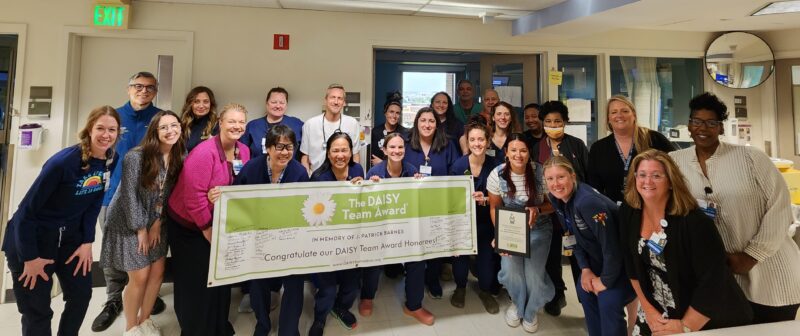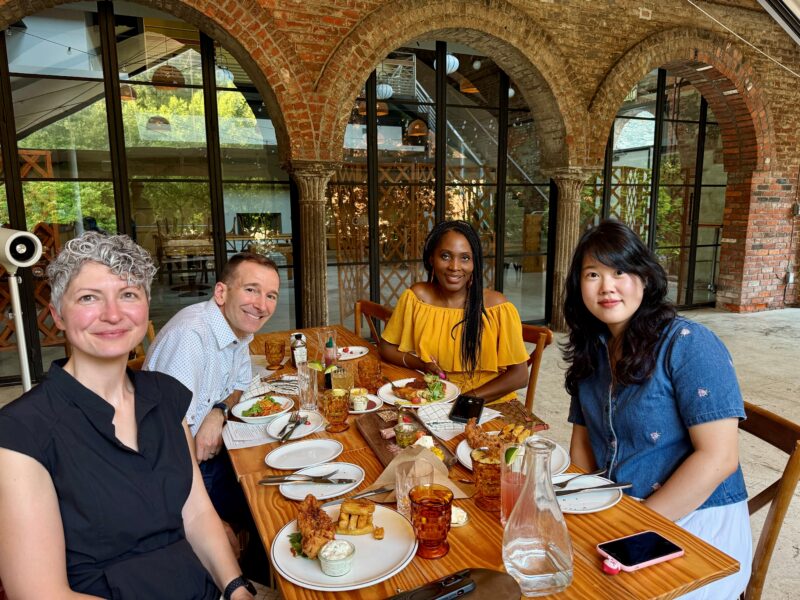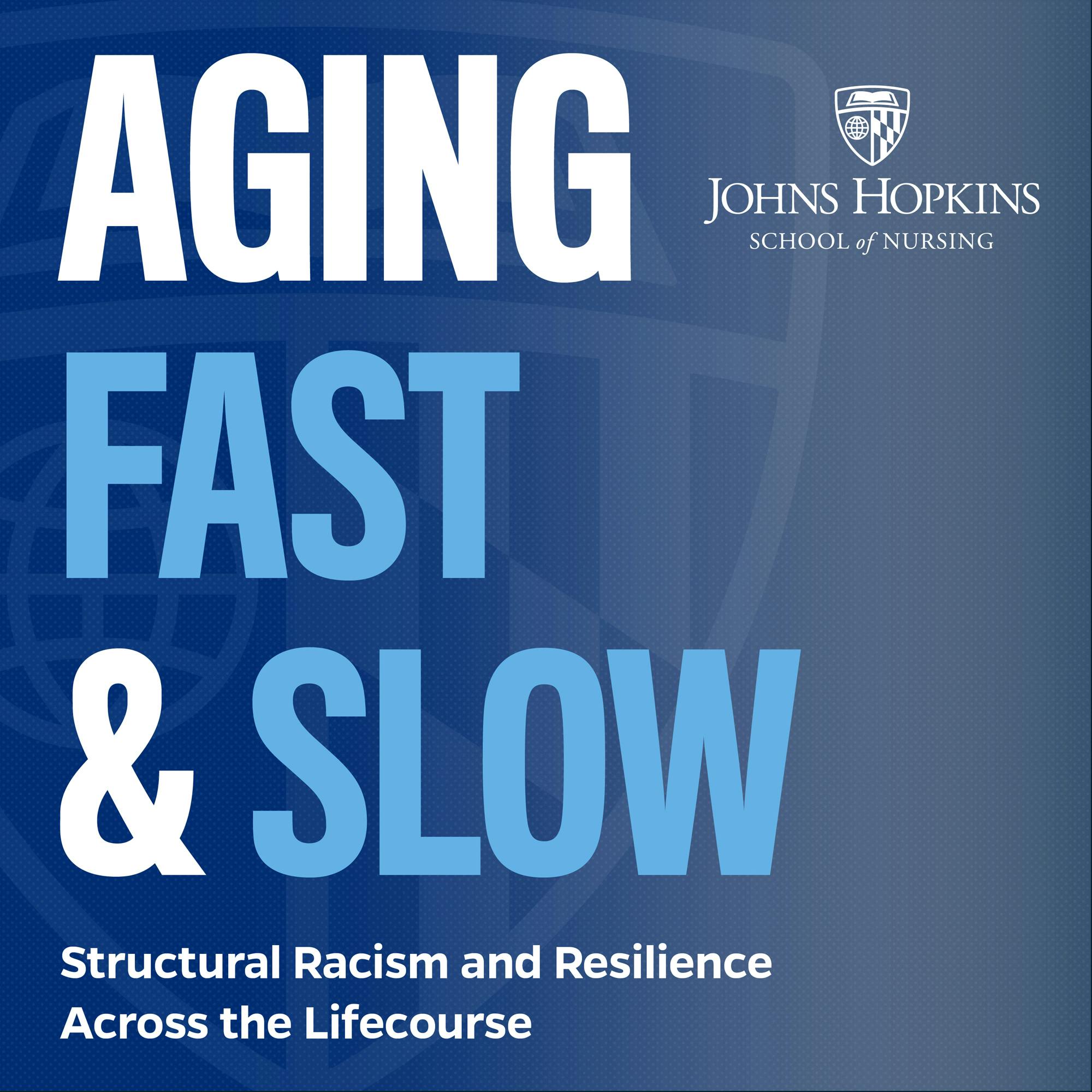In this episode of Aging Fast & Slow, we explore how home- and community-based services—like Meals on Wheels—can enhance the well-being of older adults. Dr. Kali Thomas, Associate
Director of Health Services Research at the Johns Hopkins School of Nursing’s Center for Equity in Aging, joins us to discuss the evolving landscape of long-term care. From in-home support to assisted living, we examine innovative policies and approaches designed to meet both the medical and non-medical needs of our aging population.
References:
Home-Delivered Meals
- Thomas KS, Parikh R, Zullo AR, Dosa D. (2018) Home-Delivered Meals and Risk of Self-Reported Falls: Results From a Randomized Trial. J Appl Gerontol. 2018 Jan;37(1):41-57. PMID: 27798291.
- Thomas KS, Smego R, Akobundu U, Dosa D. (2017) Characteristics of Older Adults on Waiting Lists for Meals on Wheels: Identifying Areas for Intervention. J Appl Gerontol. 2017 Oct;36(10):1228-1242. PMCID: PMC4877281.
- Thomas KS, Akobundu U, Dosa D. (2016) More Than A Meal? A Randomized Control Trial Comparing the Effects of Home-Delivered Meals Programs on Participants’ Feelings of Loneliness. J Gerontol B Psychol Sci Soc. Sci. 2016 Nov;71(6):1049-1058. PMID: 26613620
- Thomas KS, Mor V. (2013) Providing more home-delivered meals is one way to keep older adults with low care needs out of nursing homes. Health Aff (Millwood). 2013 Oct;32(10):1796-1802. PMCID: PMC4001076.
- Thomas KS, Gadbois EA, Shield RR, Akobundu U, Morris AM, Dosa DM. (2018) “It’s not just a simple meal. t’s so much more”: Interactions between Meals on Wheels Clients and Divers. J Appl Gerontol. 2018 Dec 20:733464818820226 [Epub ahead of print]. PMID: 30569811.







